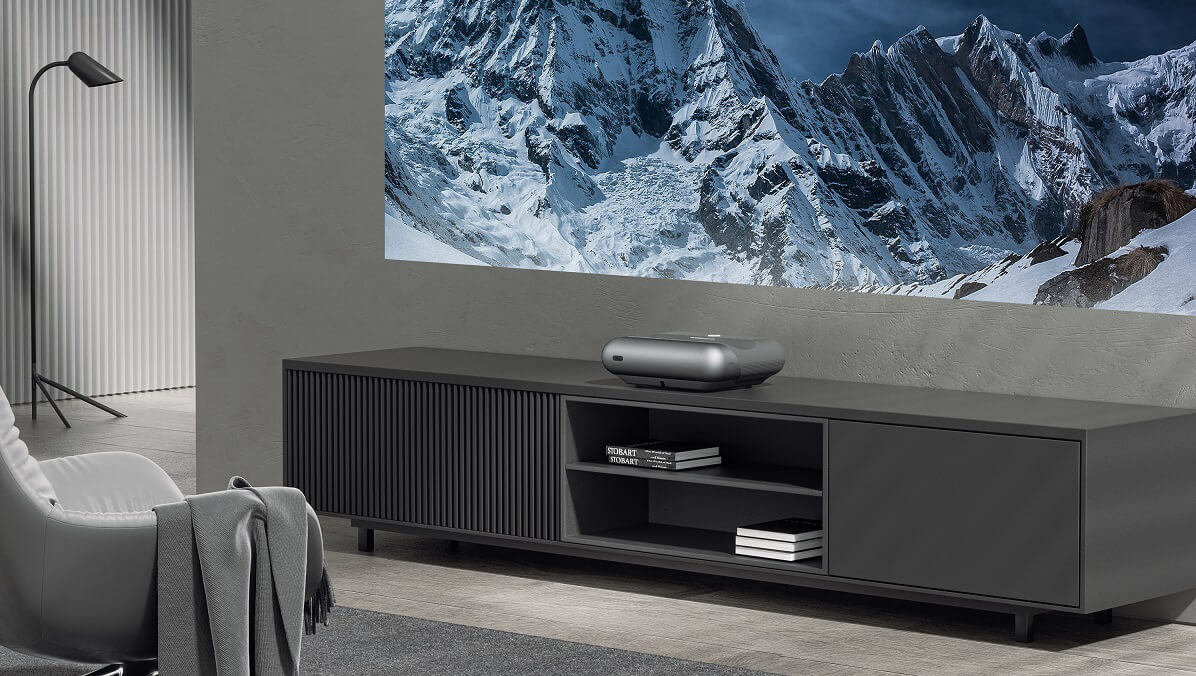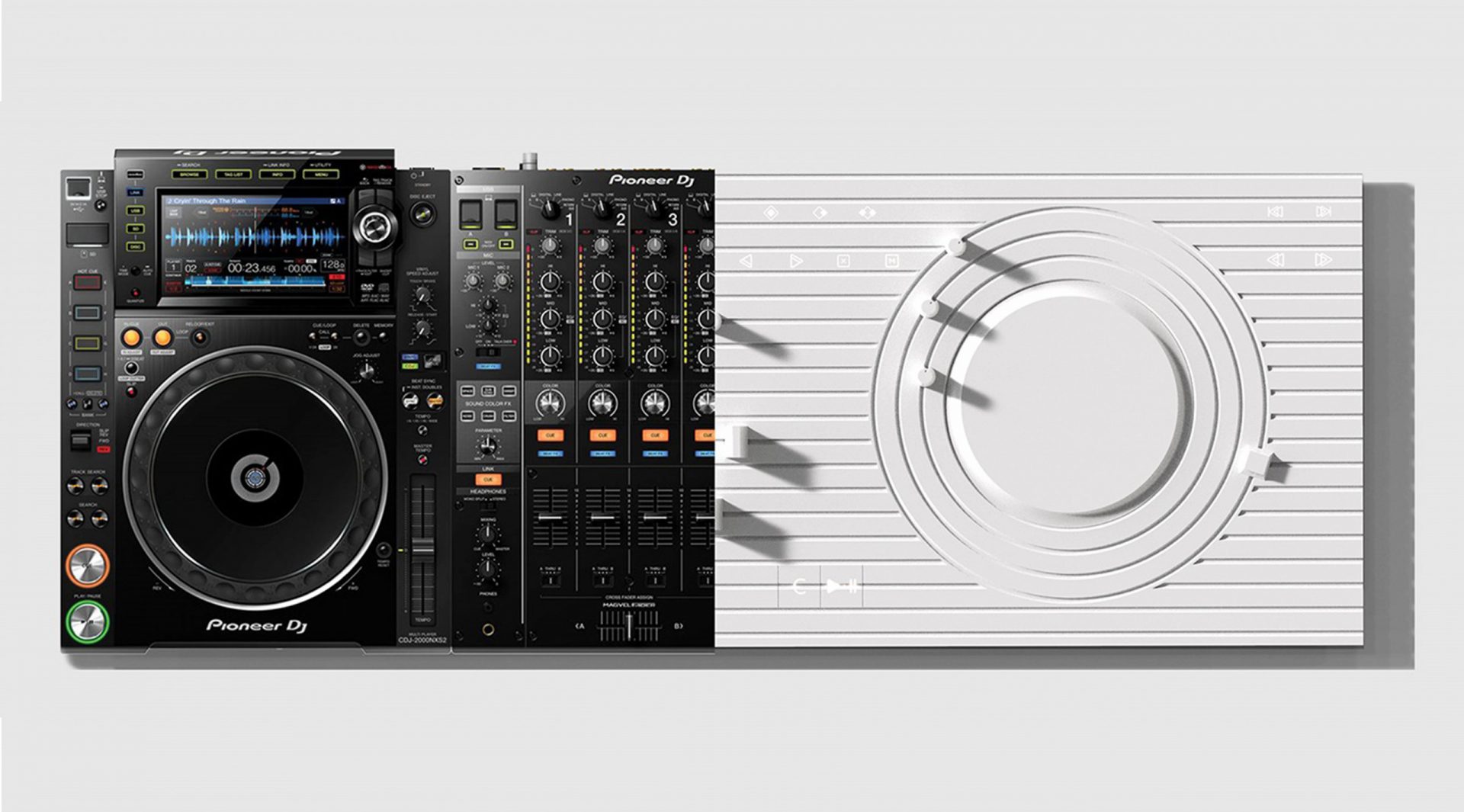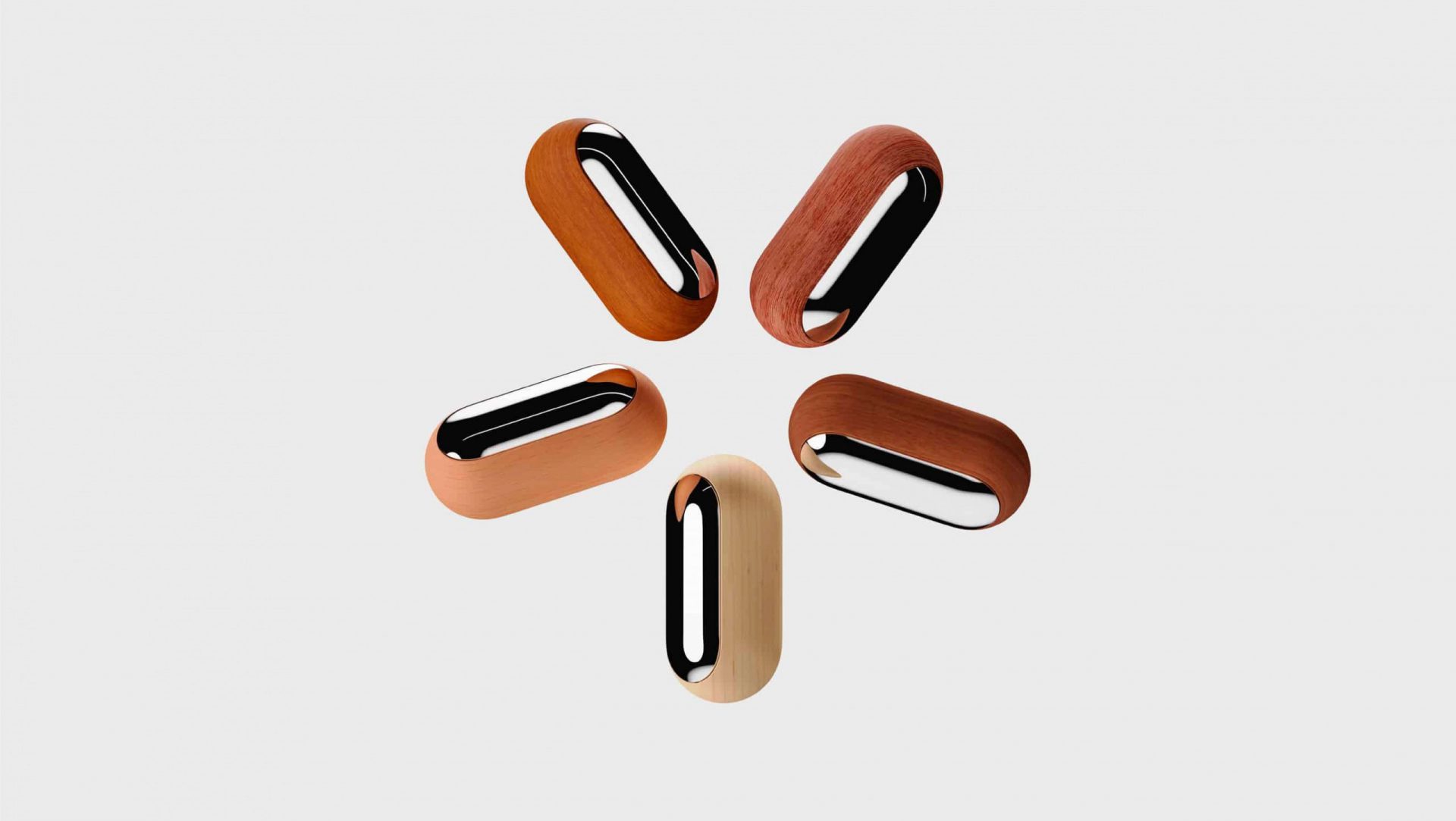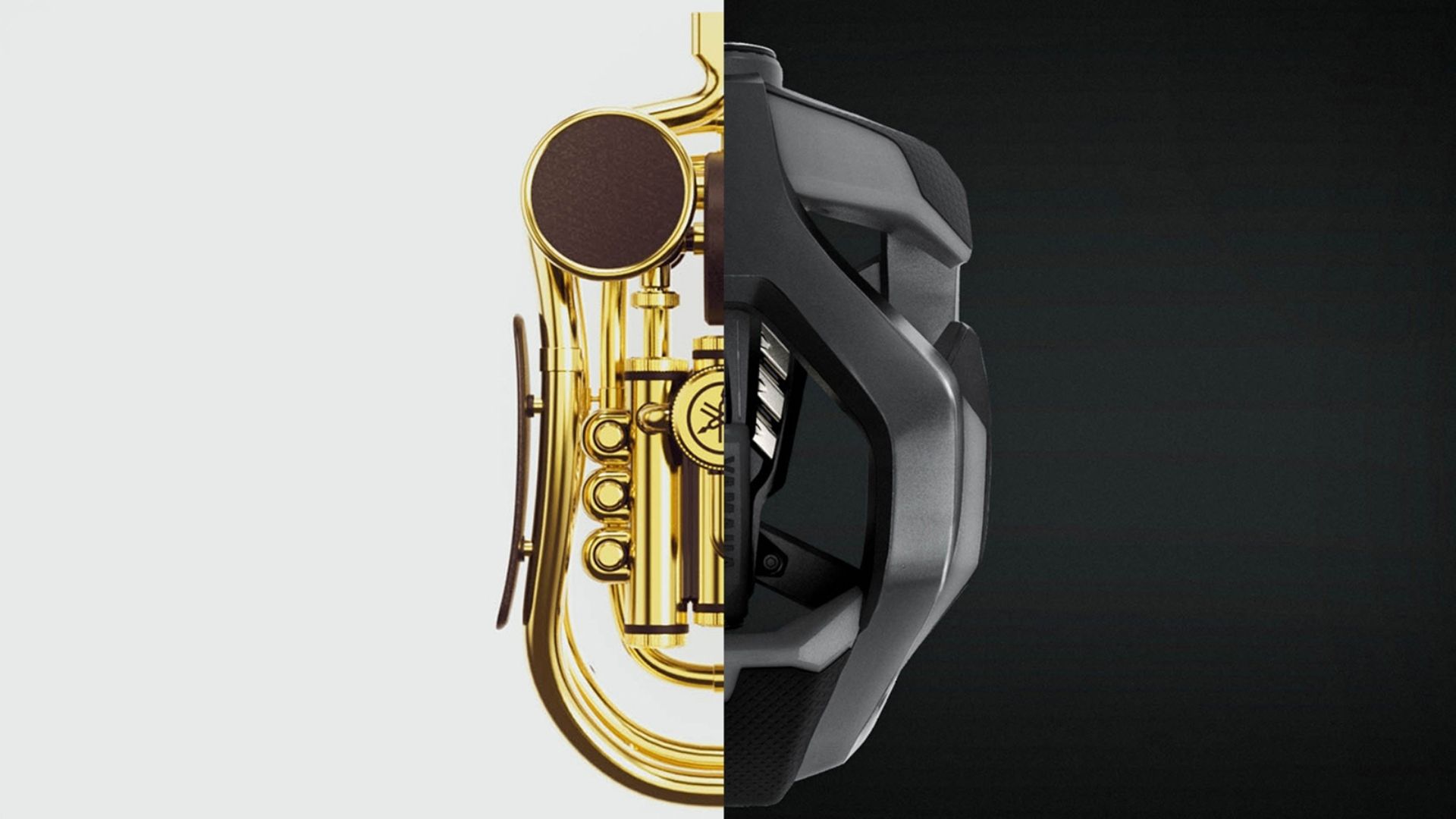AirBird is an origami-style sensor that chirps to warn of air pollution
Danish architecture studio 3XN has developed an origami-style smart sensor that tracks indoor air pollution before chirping its warnings.
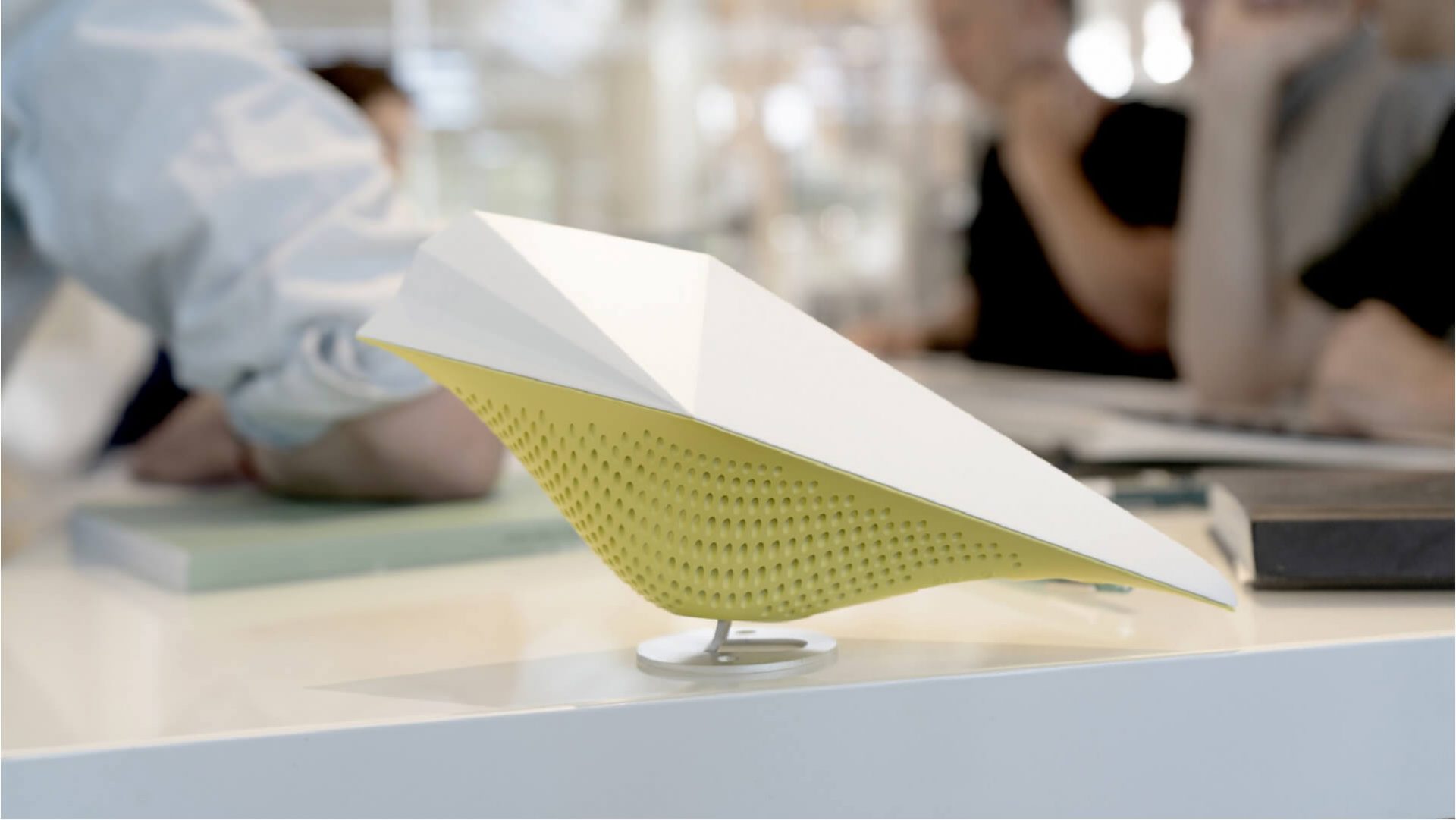
AirBird is the new interior gadget and smart sensor designed to track air quality while raising awareness of the negative effects of air pollution. Its mission couldn’t be more urgent: 1 out of 6 European adults reports living in unhealthy homes, a statistic often linked to poor conditions and bad air quality.
A substandard indoor climate doesn’t just cause discomfort — it can lead to health problems, loss of concentration, chronic fatigue, and contribute to infections, lung cancer, and chronic lung diseases like asthma. Unfortunately, while many people know air quality matters, far fewer know how to actually maintain it. That’s where AirBird comes in: a simple, intelligent tool that turns awareness into action. With its charming ‘chirp algorithm’, which sounds when CO2 levels surpass a certain threshold, the device aims to gamify monitoring air quality.
Gallery
Open full width
Open full width
The minds behind Airbird – GXN, the innovation arm of Danish architecture studio 3XN
Headquartered in Copenhagen, 3XN Architects also has offices in Stockholm, New York, and Sydney. The abiding philosophy that architecture shapes behaviour guides all of the firm’s work, from the revolutionary design of Danish upper secondary school Ørestad College to award-winning corporate headquarters for clients including Swedbank and Deloitte, residential buildings, and cultural destinations.
The practice was founded by Kim Herforth Nielsen in 1986 in Aarhus, Denmark. In 2007, 3XN established the innovation unit GXN to collect and apply the latest knowledge on behaviour materials and new technologies to its architecture. GXN remains dedicated to ecological and behaviour centric design research, constantly advancing new digital processes and material solutions to create innovative architecture that positively affects people and the world we live in.

Materials & Techniques – LED warnings
Based on a metal foot mount, the AirBird can be easily mounted to a wall or placed on any flat surface like a desk or coffee table. With a series of sound and light warnings, the device draws attention to the negative effects of air pollution within homes or office environments.
A soft glow is designed to give a visual indication of indoor air quality while four light colours indicate rising levels of poor air and a return to normalcy. You can adjust the light intensity to suit your ambiance. Meanwhile, four bird tweet rhymes indicate marked changes to indoor air quality, rising levels of poor air, and a return to normalcy.

Style & Aesthetics – An origami take on plumage
Just shy of 10cm in height and 30cm in length, this battery-powered device takes the shape of an origami-style bird. Minimal in detail, the back of the bird is sleek and white, while the belly, which is perforated to let in air, is colored in a sharp shade of yellow.
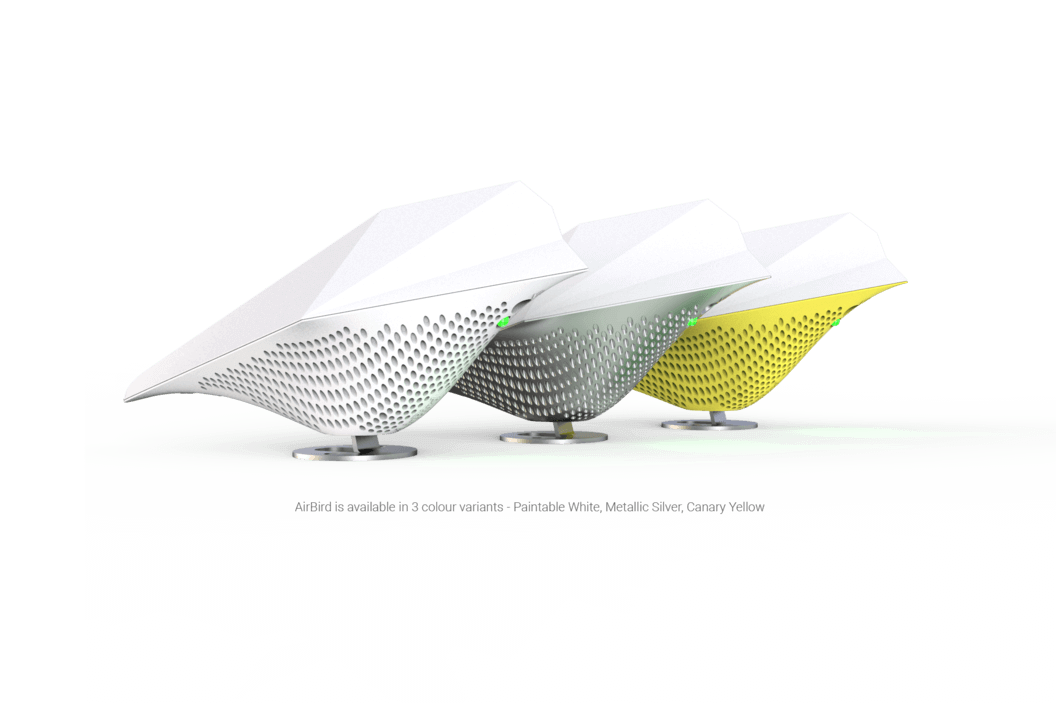
The warning canary used in coal mines
The shape and colour of the AirBird are inspired by the bright yellow canaries once used to detect carbon monoxide and other toxic gases before warning humans. These birds served as an early-warning as they were more sensitive to toxic gases and would become sick before the miners, who would have a chance to escape or put on protective respirators.

Design memento – A collaborative trio of experts
According to architect and partner Lasse Lind, humans spend 90 percent of their time indoors, a fact that inspired the studio to embark on this project. Its importance led GXN to collaborate with Danish sensor specialist Leapcraft, whose tech and data analysis helped shape the product, and window manufacturer Velux, whose manufacturing expertise was indispensable. Combining over 6 years of research, the trio of experts developed the project.
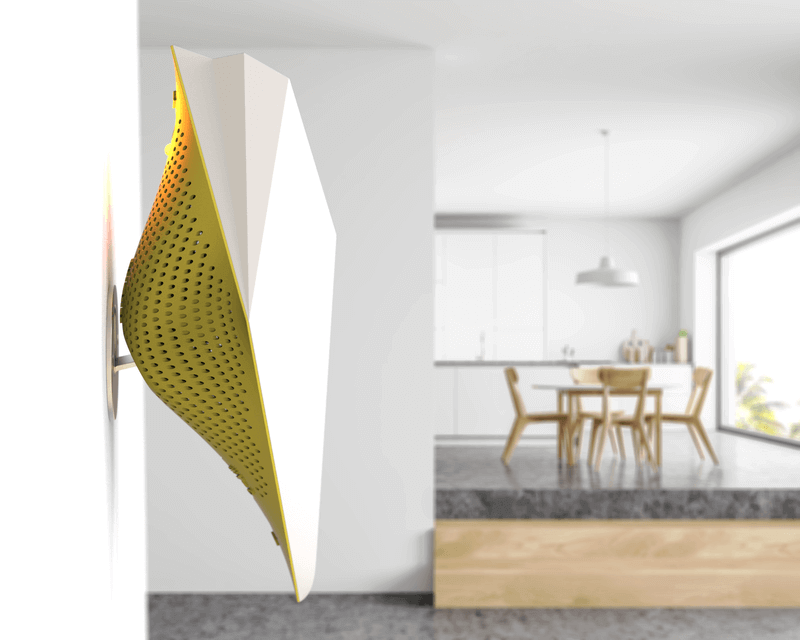
Writer’s Comment – Design that’s equal parts important and desirable
While indoor air quality monitors exist, few are as beautifully designed as the AirBird. True, some may boast more impressive specs but something as important as the quality of the air we breathe needs to be wrapped up and sold in a design that’s desirable. Especially when time spent indoors has dramatically increased and still, the idea of air quality is not that well understood universally.












